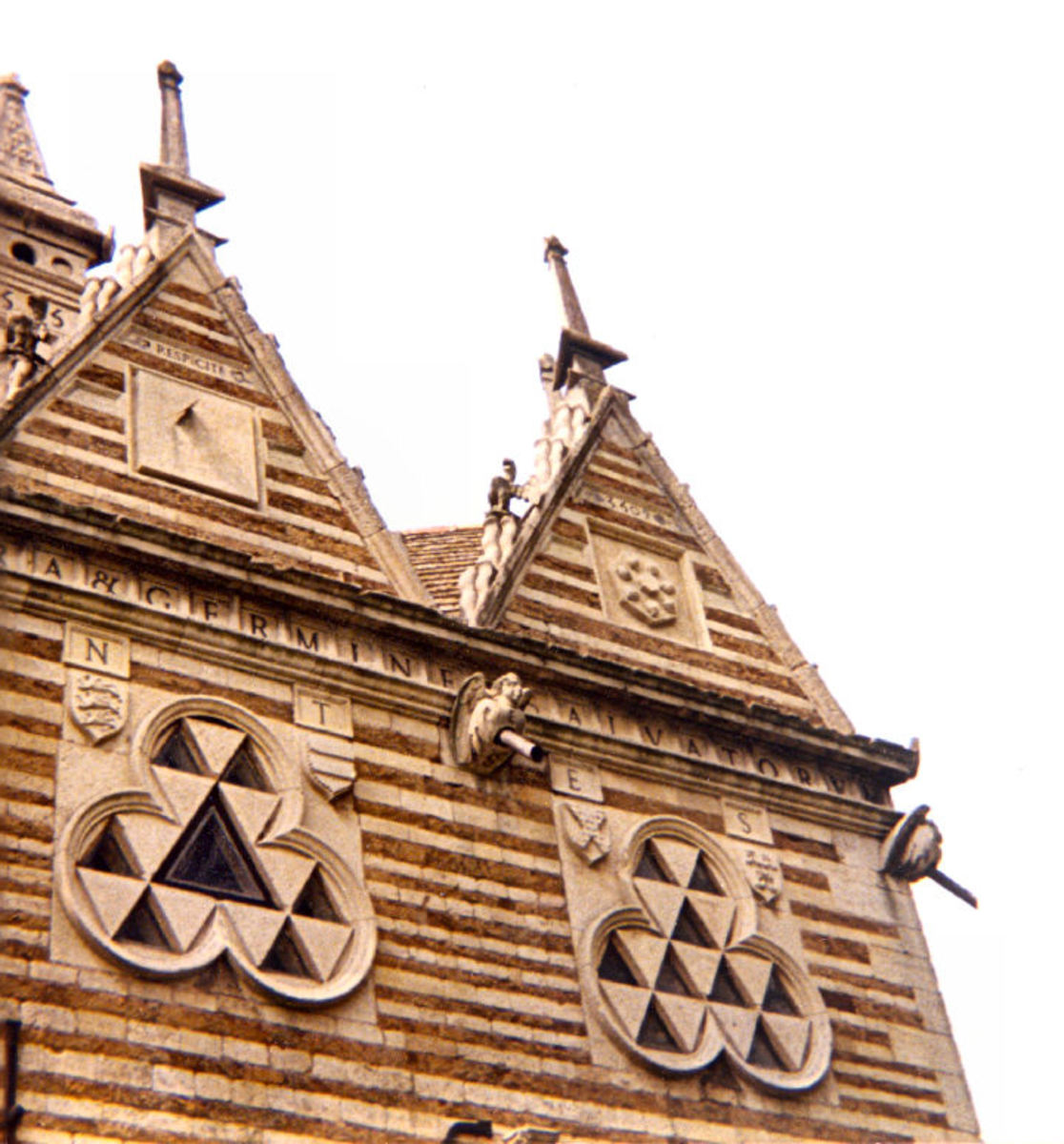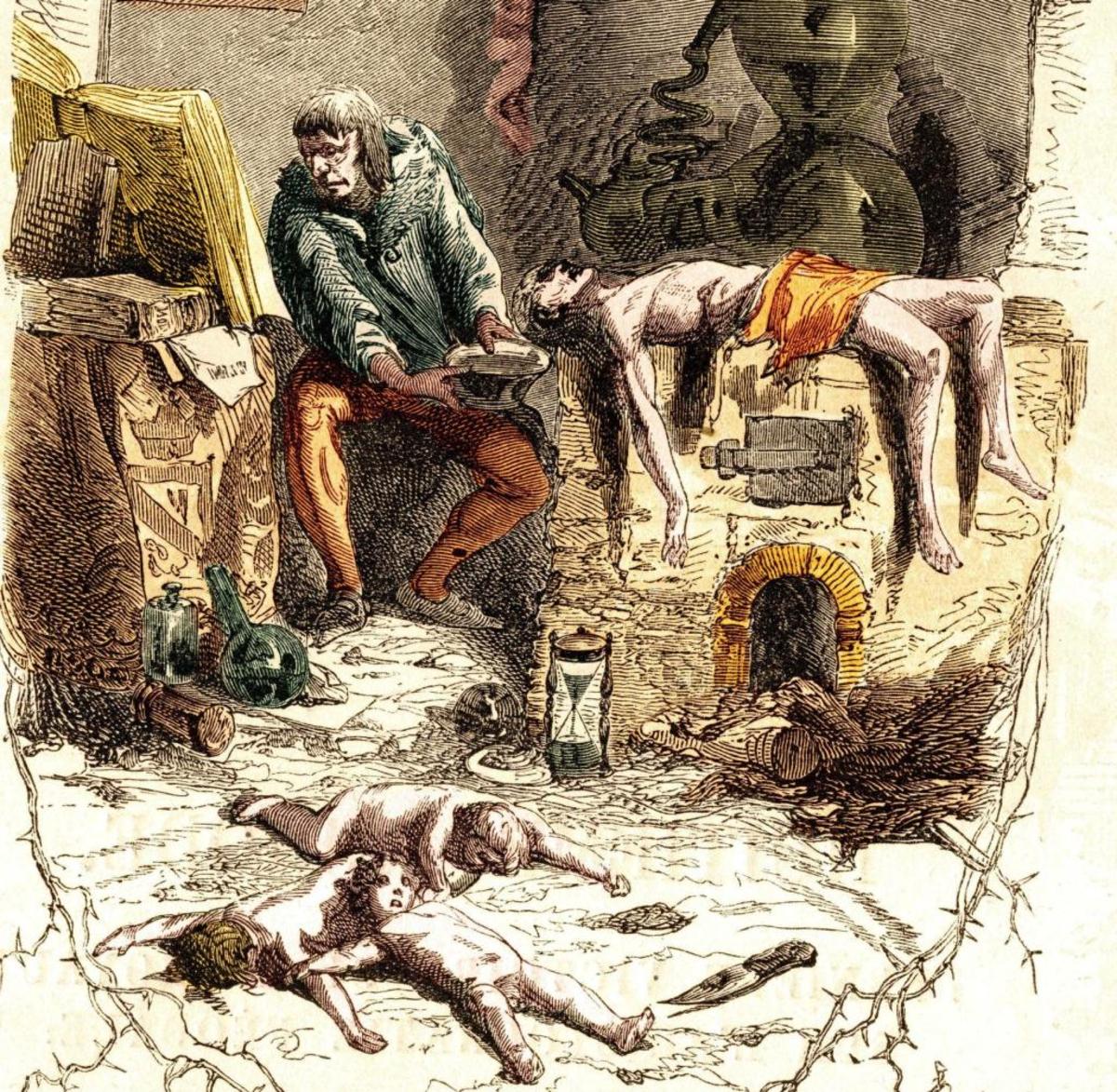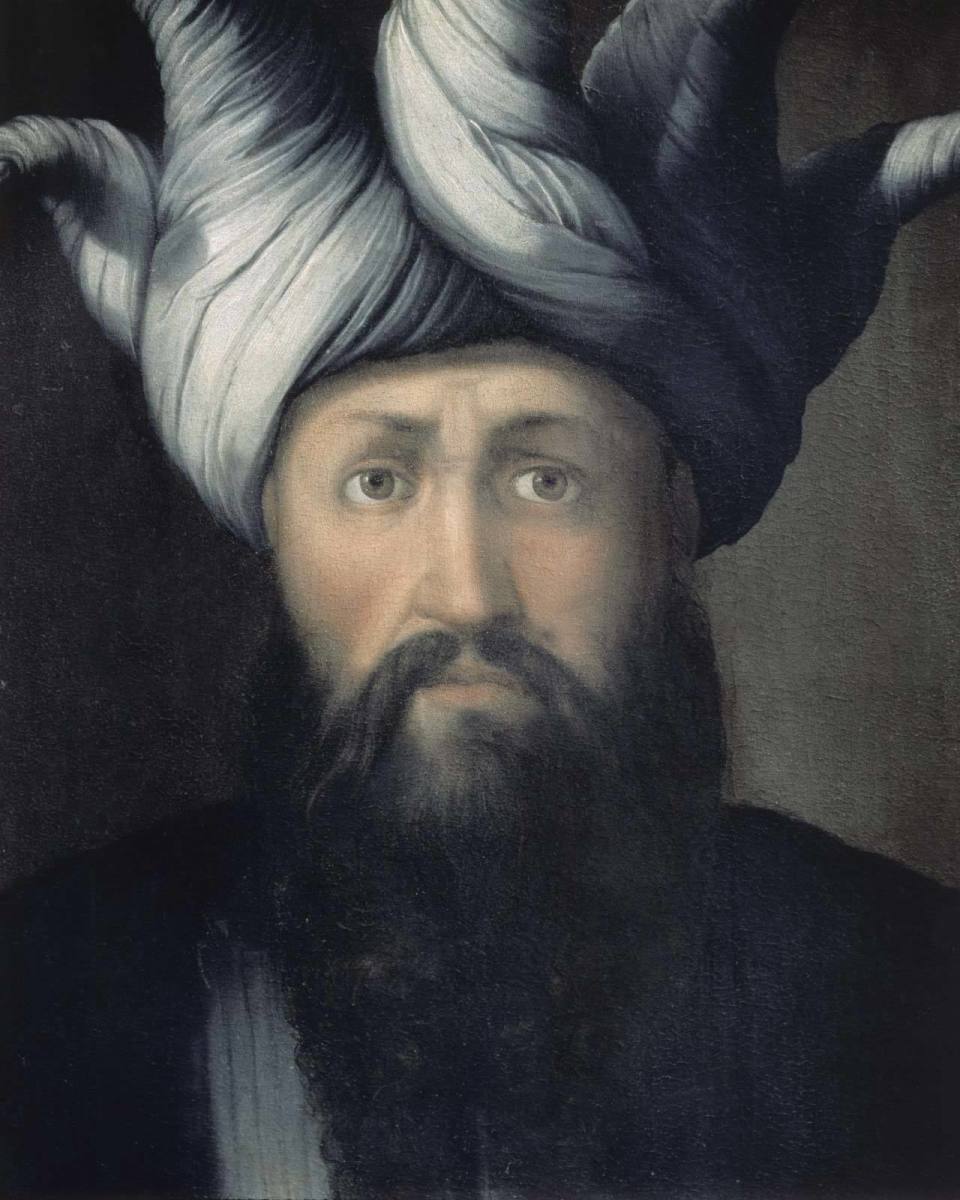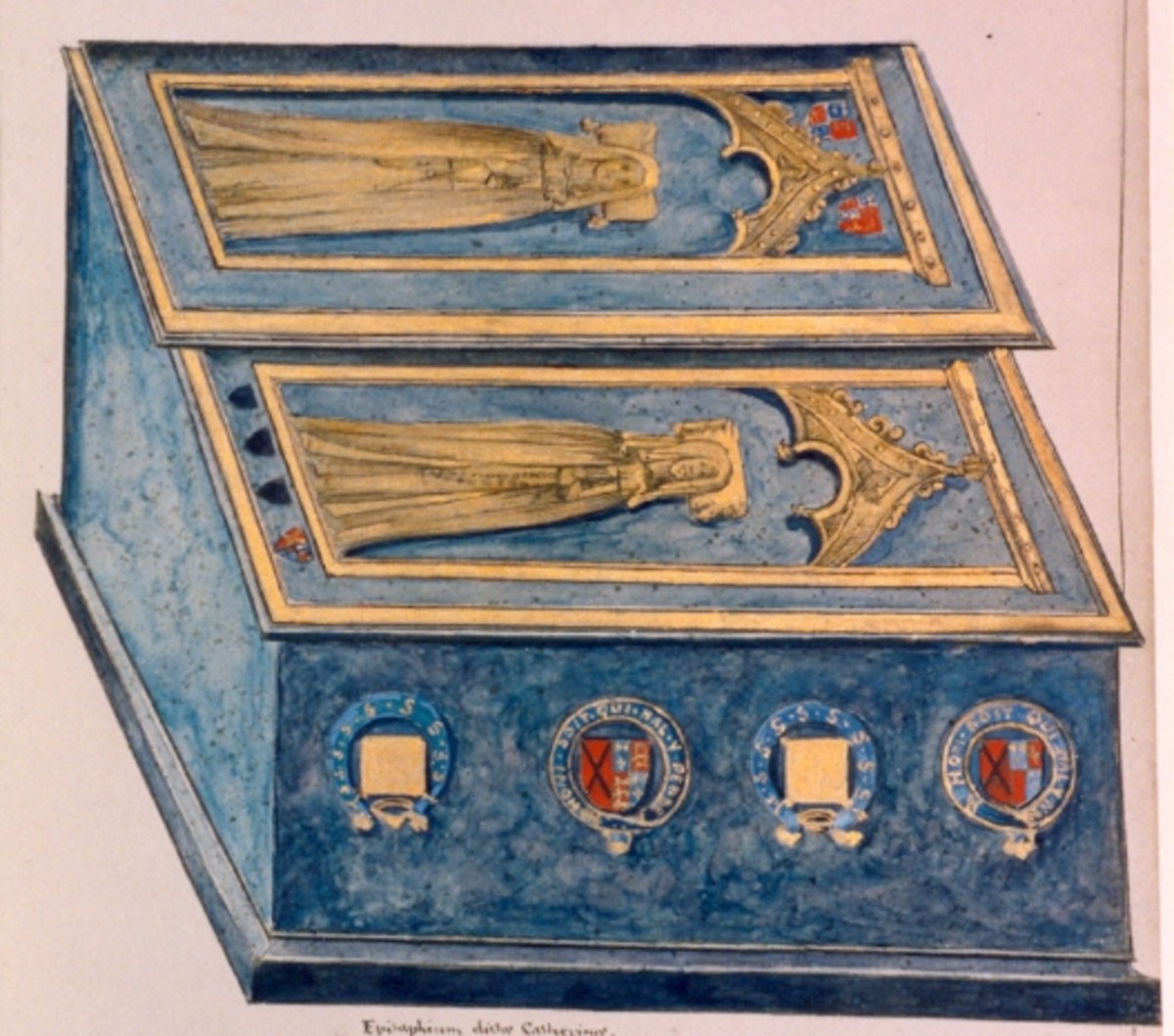The Birth of Sir Thomas More: Close Friend of Henry VIII
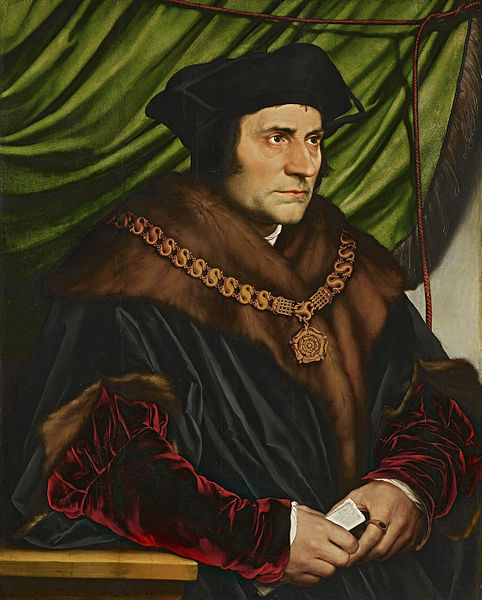
On February 7, 1478, Sir Thomas More was born. He was a close friend and counsellor to Henry VIII and a devout catholic. He was a strong supporter of Catherine of Aragon until his death in 1535; just one year before the death of Catherine. He was canonised in 1935 by Pope Pius XI for his martyrdom and in 1980 was commemorated by the Anglican church for the same reason.
The Early Life of Sir Thomas More
Thomas was born in London to Sir John More and Agnes Graunger. John was a successful lawyer and ensured that his son had the best education at the time. Thomas attended the St. Anthony’s School and became a page to John Morton, the Archbishop of Canterbury in 1490. Morton helped Thomas gain a position at Oxford University, which he started in 1492. He became proficient in the languages Latin and Greek but left after just two years of study to start his legal training at New Inn, London, at the orders of John More. After another two years, Thomas started studying at Lincoln’s in, an Inn of Court, and remained there until he was went to the bar in 1502.
According to Desiderius Erasmus of Rotterdam, Thomas considered joining the monestary instead of continuing with his legal career after joining with the monks’ spiritual exercises at Carthusian monastery, which he lived near from 1503 to 1504, but he was elected to Parliament in 1504 and continued with his initial career.
Thomas More Marries Jane Colt
Thomas married in 1505 to a woman ten years younger than him. He became her tutor as well as husband as she had very little education at home, which was common for women. They had four children together but Jane died in 1511. Immediately after, Thomas married Alice Middleton, who was a rich widow. She had daughters from a previous marriage who were raised in the family, while also becoming the guardian of Anne Cresacre; later the wife of John More – the youngest child of Thomas and Jane.
More was regularly away from his family but encouraged his children to write to him. He was loving, kind and wanted the best for his daughters, son and step-daughters. It was unusual for men at the time to care about the education of women but Thomas certainly did, believing that they were just as capable as men at accomplishing academics. Margaret was the most academic from the family and this attracted admiration from the people of England.
Books About and By Sir Thomas More
The Career of Sir Thomas More
Thomas enjoyed a successful political career and became part of the Privy Council in 1514 as a Councillor. He was knighted after accompanying Thomas Wolsey to Bruges in a diplomatic mission in 1521 and became the Under-treasurer of the Exchequer. He was an influential figure in the government and regularly advised Henry VIII about documents and helping with liaisons. His political career continued to advance, along with his friendship with the King of England.
He became the Chancellor in 1529 after the fall of Thomas Wolsey and his career continue to grow. However, Thomas soon had qualms about the direction of England when Henry started to deny papal authority and sought for a divorce against Catherine of Aragon so that he could marry Anne Boleyn.
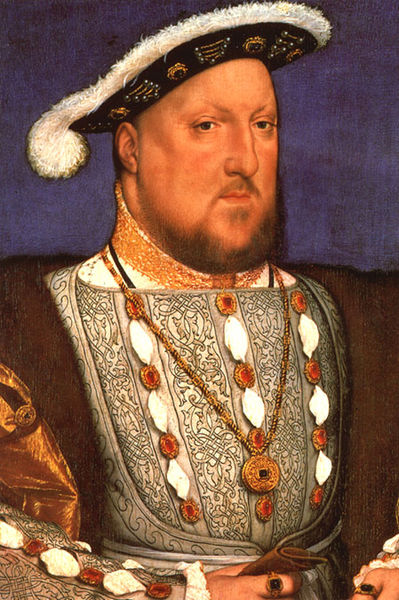
The Start of Sir Thomas More’s Demise
Thomas More was a strong supporter of the Catholic religion and saw the reformation as heresy. He took action against the reformation as early as possible by stopping Lutheran books being allowed into England and investigating people who were suspected to be Protestants. He travelled the country to find and prosecute those who used the English translation of The Bible, written by William Tyndale.
John Foxe never had a kind word to say about Thomas and accused him of torturing or using violence against those believed to be heretics. During Thomas’ attempts at keeping the reformation away, six were executed by burning at the stake.
However, Thomas was soon found isolated. By 1531, Henry VIII removed all clergy who supported the Pope and it led to his resignation. Thomas wanted to prove his support to the Pope but it left him on the wrong side of the King. Thomas could not take the oath that declared Henry as the Supreme Head of the English Church, at least as far as Christ law would allow.
Henry refused to accept the resignation but Thomas refused to sign the oath. He was lucky that the friendship with Henry VIII meant that he could keep his life. In 1532, he resigned again and this time stated that he was ill. Henry agreed on these terms.
Learn More About Sir Thomas More in Tudor History
The Trial of Sir Thomas More
Henry VIII gained his divorce from Catherine and married Anne Boleyn in 1533. Thomas acknowledged the marriage and coronation but refused to go to it. Henry took offense at this and started to take action against his old friend. At first Thomas was arrested for taking bribes but there was a lack of evidence so the charges were dropped. Another attempt was made in 1534 as he was arrested for conspiring with Elizabeth Barton but Thomas had a letter that instructed her not to interfere with matters of the state so he was saved again.
Thomas was caught out when it came to signing the Oath of Supremacy of the Crown. While he accepted the right of Parliament to declare Anne Boleyn the Queen of England, he could not accept the move to the Church of England and that there would be no papal supremacy. Thomas was arrested for treason after this and was sent to the Tower of London.
Thomas Cromwell tried to help Thomas More by visiting with the chance to sign the oath but Thomas would not. On July 1, 1535, Thomas was tried in front of Anne Boleyn’s brother, father and uncle, along with other judges, and was charged with high treason. Being a lawyer, Thomas relied on precedent. Those who were silent were seen to consent to the oath – all he had to do was not deny it – so refused to answer the questions put towards him. Richard Rich, the Solicitor General, testified that Thomas had denied the King’s legitimacy as the head of the church, but it is unclear whether this was fabricated to have Thomas executed.
The Execution of Sir Thomas More
Thomas More was found guilty after just 15 minutes of deliberating. After this, Thomas was able to speak freely and announced his belief that “no temporal man may be the head of the spirituality”. Like all men who were not born into nobility, he was sentenced to the traitor’s death of being hanged, drawn and quartered but this was reduced to beheading on orders of the King.
His final words on July 6, 1535 were that we was “the king’s good servant, but God’s first”.
Like all traitors, Sir Thomas More was buried in an unmarked grave at St. Peter Ad Vincula. There is now a plaque in the small garden, which commemorates all those who were beheaded on Tower Hill. There is also a plaque on the floor of Westminster Hall that visitors see commemorating Thomas.




